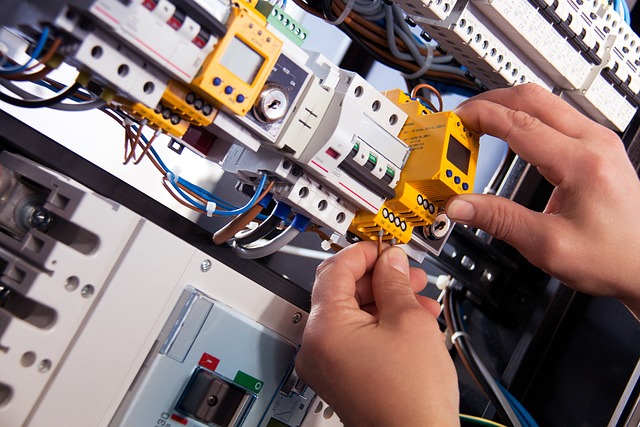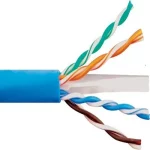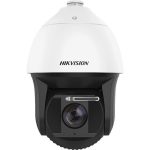Understanding the basics of electrical wiring is essential for ensuring the safe and efficient operation of electrical systems in residential, commercial, and industrial settings. This comprehensive guide will cover the fundamental aspects of electrical wiring, including types of wires and cables, wire color codes, electrical symbols, and basic wiring techniques.
- Types of Wires and Cables:
- Non-metallic (NM) cable: Also known as Romex, NM cable is commonly used for residential wiring. It consists of insulated conductors (hot, neutral, and ground wires) enclosed in a flexible plastic sheathing.
- Armored (AC) or metal-clad (MC) cable: These cables feature a protective metal armor that houses insulated conductors, making them suitable for commercial or industrial applications where increased protection is required.
- Conduit: A rigid or flexible protective tubing through which individual insulated conductors are run. Conduit can be made of metal, plastic, or PVC and is used when additional protection is needed, especially in commercial or industrial settings.
- Wire Color Codes:
- Hot wires: Typically black, red, or blue, hot wires carry electrical current from the power source to devices in a circuit.
- Neutral wires: Usually white or gray, neutral wires act as the return path for electrical current in a single-phase AC circuit.
- Ground wires: Green or bare copper, ground wires provide a safety path for electrical current to flow back to the earth in case of a fault.
- Electrical Symbols:
Electrical symbols are used to represent various components, devices, and connections in electrical diagrams. Some common symbols include:
- Switches: Represented by a break in a line with a diagonal line connecting the two ends.
- Outlets: Depicted as a small circle or rectangle with parallel lines indicating the receptacle slots.
- Lights: Shown as a circle with a cross or a lightbulb symbol inside.
- Wires and connections: Straight lines represent wires, while dots or filled circles indicate connections between wires.
- Basic Wiring Techniques:
- Planning: Before starting any wiring project, create a detailed plan that outlines the layout of electrical devices, the required materials, and the necessary permits and inspections.
- Circuit protection: Install circuit breakers or fuses to protect electrical circuits from overloads and short circuits. Ensure the chosen protection device is compatible with the intended circuit load.
- Proper connections: When connecting wires, use wire nuts or terminal connectors to ensure secure connections. Twisting wires together and wrapping them with electrical tape is not sufficient.
- Wire stripping and splicing: Use wire strippers to remove insulation from the ends of wires before making connections. When splicing wires, ensure they are of the same gauge and type.
- Grounding: Properly ground all electrical devices and systems to prevent dangerous voltage levels from building up on exposed metal parts. Connect ground wires to the grounding electrode system as required.
By familiarizing yourself with electrical wiring basics, you can help ensure the safe and efficient operation of electrical systems in your home or workplace. However, always consult with a licensed electrician for major projects or if you are unsure about any aspect of electrical work. Working with electricity can be dangerous, and it is crucial to follow all safety precautions and local codes and regulation





